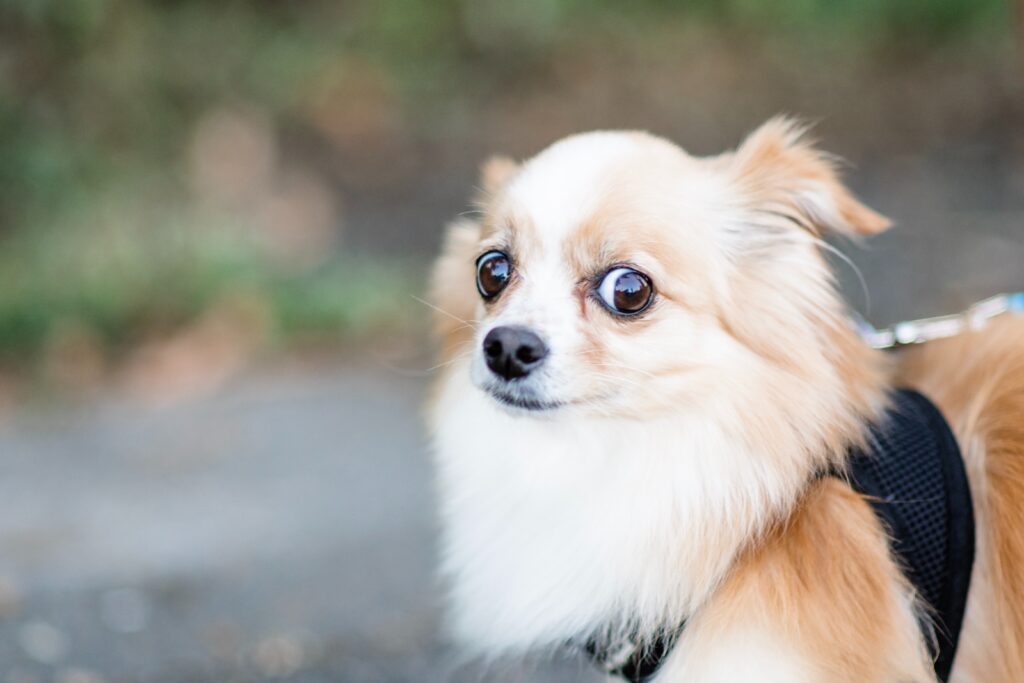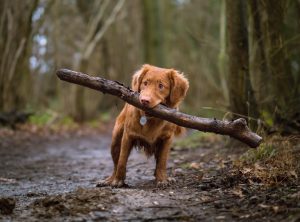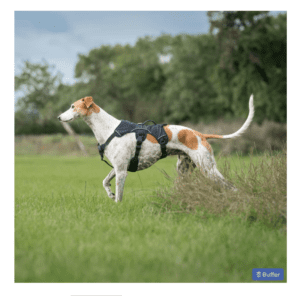Need help with Reactive Dog Behaviour? Join my FREE Facebook support group...
No reward markers – what are they and could they be considered aversive?
No reward markers, or cues, are being used more and more in positive dog behaviour training. You might even be using them yourself without realising what they are. So what are they, and could they actually be considered aversive?
What are they?
Sometimes called an extinction marker; a no reward marker is a way of letting your dog know they have gone a bit wrong. It’s the opposite of a reward cue that is used to reinforce a good choice, such as a treat or praise. It is not the same as a firm “no”. Think of it more as saying “try again” to your dog when they do the wrong thing, and you expect them to try something else.
The most common choice for an extinction marker would be a word like nope or uh-oh, but really any word will do. It could also be a simple noise, or even a hand signal. Whatever you choose, the important thing is that your dog understands it means he didn’t make the right choice. Hopefully, he will try again successfully and earn his reward.
This type of training technique might be useful if your dog is chewing the furniture, for example. You might use your extinction marker to let them know that it was wrong to munch the table. Then, when they choose something more appropriate, such as their chew toy, they get a reward to balance it out!
So, why might it be aversive?
Anything could be considered aversive if used incorrectly. But this is just a word or sound. Its not being used as a punishment. Your marker is not causing fear or pain. The problem is, that it can easily be over used.
No reward markers work best when a dog has many good options, and only one bad one. This means that the ratio of reinforcement to no-reward markers will remain high. I rarely ever use them, but I did use an “uh-uh” cue when my terrier, Wilma, made a bad choice, or was about to! Mostly this would have been used on a walk if she went down the wrong path, or if she was approaching something I wanted her to ignore. In each of these situations there were many great choices she could make. So as soon as she changed direction, she was almost guaranteed to get a reward.
If the marker is used when there are many bad choices, and only one good one, it can cause a problem. In this case, the probability of the dog making a good choice is quite low.

The risks
One important risk is that once the cue/command has been created it can very quickly get over used. Humans love to talk, we use words as a primary method of communication. So it comes easily to us to give out instructions and verbal feedback.
It wouldn’t be so bad if it were restricted to only one or two situations. But, the temptation is to use it all the time. When we use it every time the dogs does something that is less than perfect, it very quickly descends into a negative experience. No longer are we helping our dogs make good choices, because there are so few available. And in no time we are micromanaging that dogs every move.
Just imagine being told “not like that” all day long with no clue as to what the right choice actually was – just the option to try again. It is draining, frustrating, and even demoralising. Gameshows often use a no reward marker when a wrong answer is given to a question. Our computers do it too when we press the wrong button. The ugly buzzer noise that indicates a wrong answer quickly becomes a source of our own frustration, it certainly is not a source of inspiration!
Is there a better way?
There are loads of ways to speed up your training without no reward cues. The first thing is to boost up your rewards. And not just the quality of your reward, and the amount, but also the timing. Dogs can be rewarded by clickers, verbal praise, an excited smile, a treat, a toy, even being offered a reward feels good! So why not try a combination of clicker, treat and praise! Three rewards in one!
Being clear about what you want, and helping your dog to achieve it, will really help to improve consistency. When you know specifically what you want your dog to do, you can find ways to help them achieve it. Grey areas, “good enough’s” and “nice try’s” aren’t helpful to your dog.
Let’s imagine you are teaching a dog to come to you, but they stop 10ft short ,and you go to them. This isn’t helpful for teaching them a recall. They won’t make an effort to come closer next time, because they now think that what they just did was a recall.
Using tools
A long lead could also help when you’re working on recall. You can use it to prevent the dog from running off and making the wrong choice, but also to guide them right to you if they stop short. So there are two opportunities here to help them do the right thing. Finish up with a great reward at the end, and you will do much more for your dog’s training than a no reward marking ever could.
Teaching new cues and behaviour sequences could also support them in their learning, especially when working on things like leaving the house and answering the door. As could a reliable “place” command. Attaching that to a movable object, like a mat, will help them know what to do in strange places such as in coffee shops or at the vet.
How can I help you with your dogs behaviour training?
Private Dog Behaviour Consultations are currently available in the Dundee area and beyond. If you are looking for help solving your dogs behaviour and training problems, then please get in touch!


